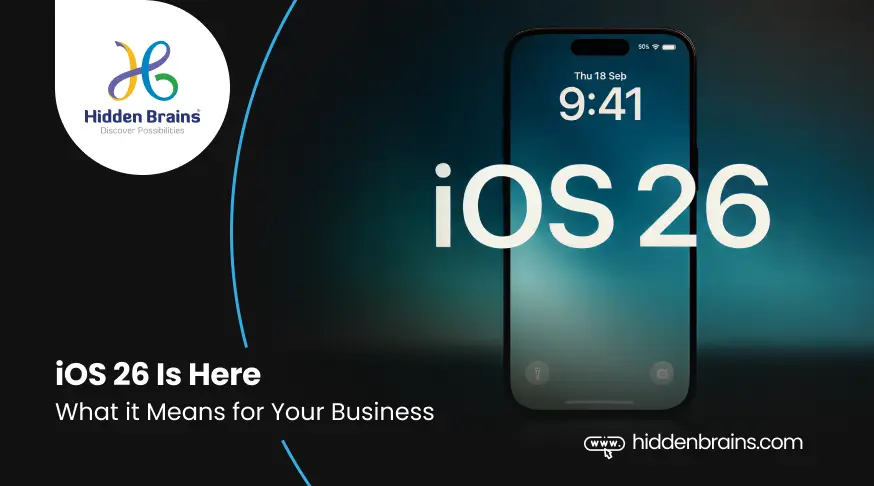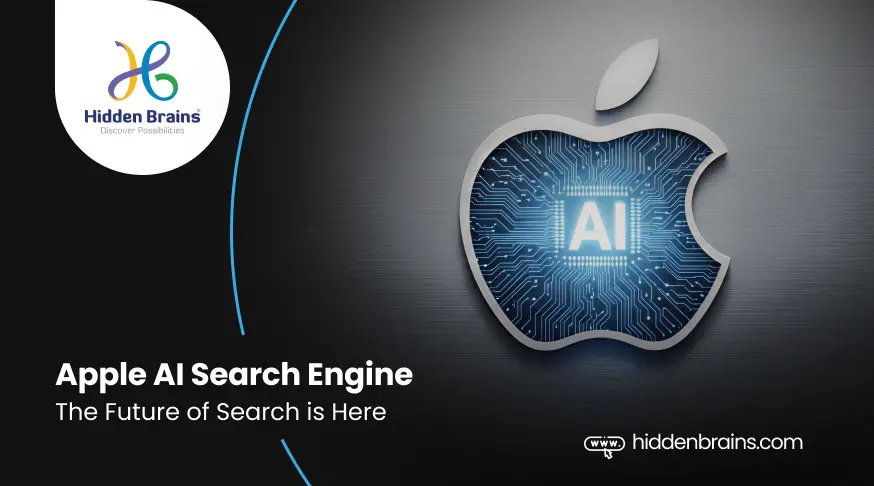App Personalization is the meticulous process of developing a mobile app according to the needs of audience. App personalization aims to present users with experiences customized according to needs rather than a one size fits all approach.
Personalization goes a step beyond customization. It is not just about measuring how things look, rather how users feel the experience. Everything boils down to delivering highly contextual content to users based on use, preferences, or location. This is paramount in creating a user experience that is both unified and pleasing. Several mobile app development companies are focusing on app personalization for engaged user experience.
Why is App Personalization Essential?
The mobile app is highly competitive with millions of apps fighting for attention. There are around “1.5 million apps in the App Store and 1.6 million apps in the Google Play Store.”
Nearly, “1 in 4 people abandon mobile apps after only one use. After a month, 90 percent of users eventually stop using the app, and by the 90-day mark, only 5 percent of users continue using a given app.” These shocking figures show that app creators need to ensure that users stay connected with their apps right from the day one. The statistics is unlikely to change unless you provide users a great experience. In case when app abandonment is rampant, delivering a personalized experience holds the key to engaging user experience.
There are several tactics such as AB testing, app discoverability and more. However, app personalization continues to be the best way to build a mobile app that users will enjoy.
Here are the ways to personalize your mobile application:
Contextual Targeting
Based on information of device used, time of the day or geographic location, the app experience can be personalized. For example, a local travel app could display sightseeing places, hotels or shopping places that are close to the user’s location.
Behavioral Targeting
Delivering personalized app experiences is through behavioral targeting. In behavioral targeting, you utilize real behavior of the user to customize their app experience. Reach out to customer segments based on behavior patterns ranging from past actions, demonstrated interests and purchase intent.
In-app and Push Notifications
Consistent communication is a key for personalization. In-app and push notifications help reaching out to users at the right time. Whether it is notifying users of the new feature, informing about special deals, or sharing tips, keeping the doors of communication open ensures a good engagement rate. Implementing in-app notifications helps you create campaigns that will increase the user’s app session compared to the average time spends.
Analytics
Analytics tools harnesses user data from different channels and strategically using this information helps you build app offering personalization. You can manage and share data about your customers across channels, allowing you to capture a complete view of users.
User Segmentation
Implementing app analytics will not give you the actionable insights. You need to organize and structure your analytics appropriately. Segmentation is about making sense of your user data. Analytics lets you to discover common patterns between users and what that means about your audience and for your app. You can target relevant marketing campaigns to specific segments.
Conclusion
Even if you’re not ready to start personalizing your app, it’s still important to begin collecting user profile data, and tracking how target audiences use your app. It’s time to start tracking how app experience changes, user expectations transforms, and what you can do to make your app.
Because your users are demanding a certain level of sophistication when they interact with your business app – so why not make it even better than they thought possible?






























































































![Sales & Distribution [Oil & Gas] Sales & Distribution [Oil & Gas]](https://www.hiddenbrains.com/blog/wp-content/themes/blankslate/assets/images/sales_and_distribution-icon.74d08193.svg)

![Fluid Terminal Management [Oil & Gas] Fluid Terminal Management [Oil & Gas]](https://www.hiddenbrains.com/blog/wp-content/themes/blankslate/assets/images/fluid_terminal_management-icon.4b3a27a4.svg)































![Sales & Distribution [Oil & Gas] Sales & Distribution [Oil & Gas]](https://www.hiddenbrains.com/blog/wp-content/themes/blankslate/assets/images/sales_and_distribution-icon.74d08193.svg?1.0.0)
![Fluid Terminal Management [Oil & Gas] Fluid Terminal Management [Oil & Gas]](https://www.hiddenbrains.com/blog/wp-content/themes/blankslate/assets/images/fluid_terminal_management-icon.4b3a27a4.svg?1.0.0)























































































































































































